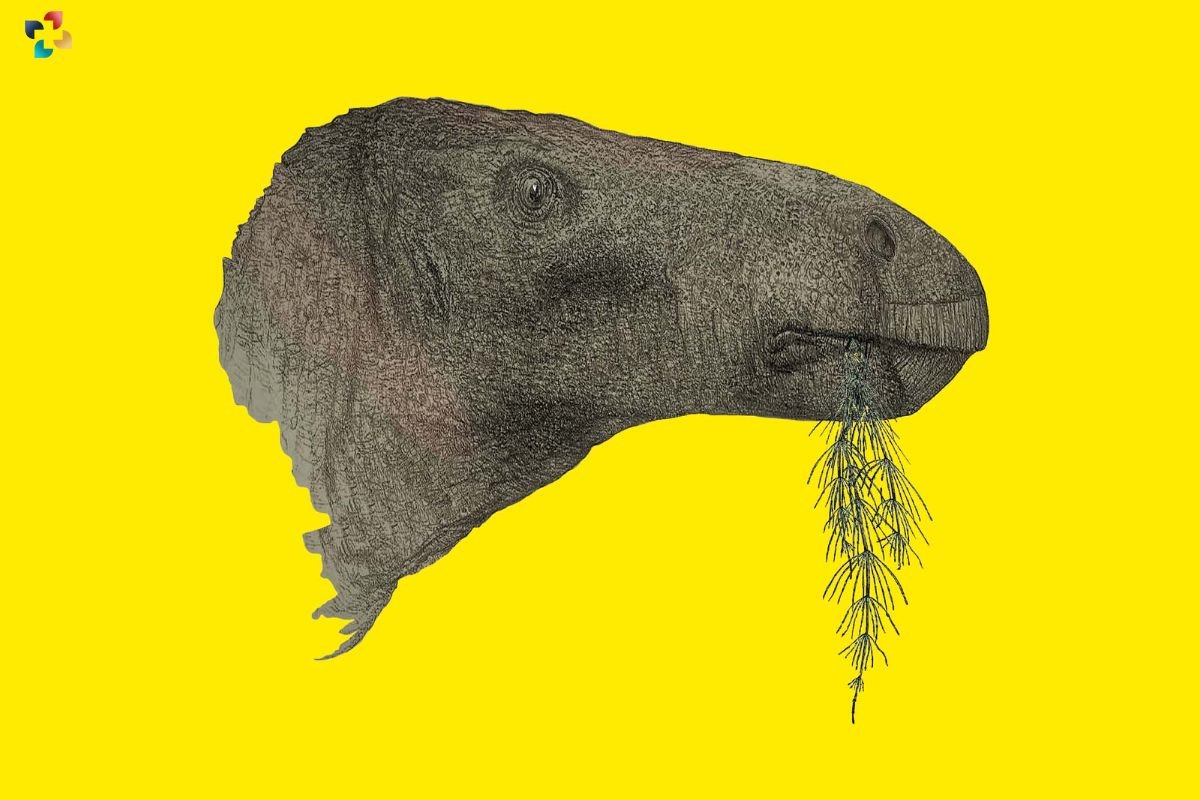Source-pubity.com
In a remarkable paleontological breakthrough, scientists have identified a new dinosaur species named Comptonatus chasei, a herbivore that roamed the Earth approximately 125 million years ago during the Cretaceous period. The initial discovery of the dinosaur’s bones was made in 2013 on the Isle of Wight, specifically in the cliffs of Compton Bay off the southern coast of England. Despite being uncovered over a decade ago, it was only recently that the dinosaur was officially identified.
The skeleton of Comptonatus chasei is notably well-preserved, comprising 149 bones in total. This discovery marks the most complete dinosaur skeleton found in the United Kingdom in the past century. The species was named in honor of the late fossil hunter Nick Chase, who was instrumental in unearthing the bones. Jeremy Lockwood, a Ph.D. student at the University of Portsmouth involved in the excavation, lauded Chase’s remarkable ability to locate dinosaur fossils, stating, “Nick had a phenomenal nose for finding dinosaur bones. This really is a remarkable find.”
Significance and Classification of Comptonatus Chasei
The identification of Comptonatus chasei provides significant insights into the diversity of dinosaurs that inhabited England during the Early Cretaceous. Belonging to a group of dinosaurs known as iguanodontians, Comptonatus chasei is estimated to have weighed around 2,000 pounds, comparable to the weight of a large male American bison. Lockwood emphasized the importance of this discovery, noting, “It helps us understand more about the different types of dinosaurs that lived in England in the Early Cretaceous.”
This discovery not only adds to the understanding of herbivorous dinosaurs but also highlights the rich paleontological history of the Isle of Wight. The region has been a fertile ground for dinosaur discoveries, with numerous significant finds over the years, further cementing its status as a crucial site for paleontological research.
Recent Discoveries on the Isle of Wight
The Isle of Wight has recently been the site of several notable dinosaur discoveries. Just two years ago, paleontologists uncovered what is believed to be Europe’s largest carnivorous dinosaur. This impressive specimen, which also lived during the Cretaceous period, belonged to a group known as Spinosaurus. Chris Barker, a Ph.D. student in paleontology at the University of Southampton, commented on the significance of this find, stating, “The size of the specimen is impressive. It is one of the biggest, and possibly the biggest, known land predator ever to stalk Europe.”
These discoveries underscore the Isle of Wight’s significance as a hotspot for paleontological research and its role in shedding light on the diverse array of dinosaurs that once roamed Europe. The identification of Comptonatus chasei, alongside the recent discovery of a massive carnivorous dinosaur, highlights the ongoing contributions of the Isle of Wight to the field of paleontology and the broader understanding of prehistoric life.
Also Read: Dino Extinction Paved Way for Grapes—and Wine—to ‘Spread Across the World







